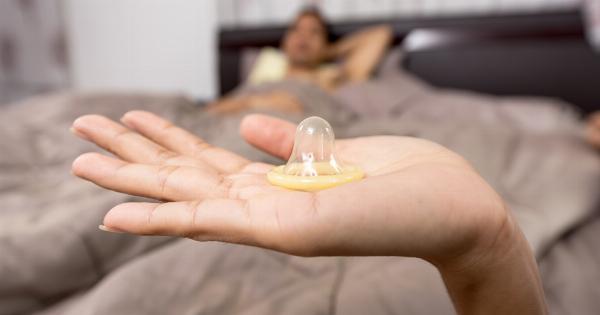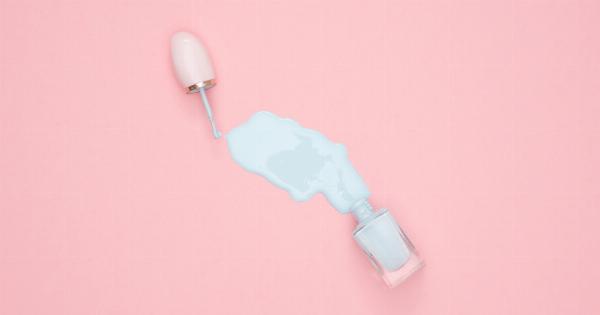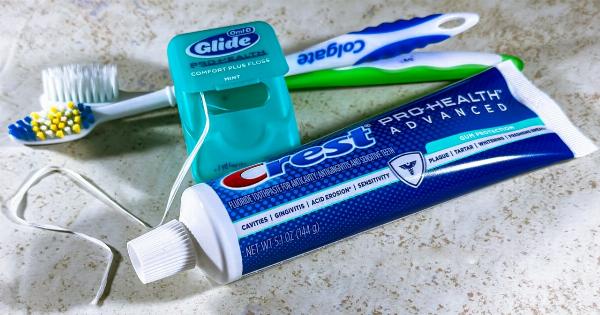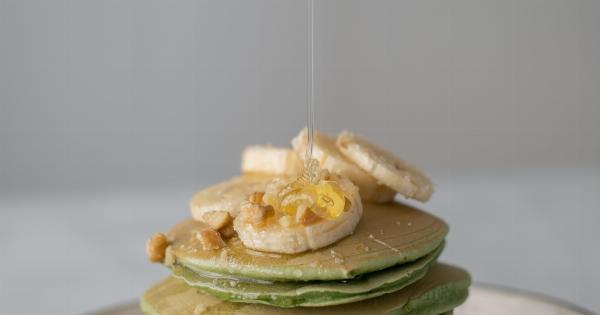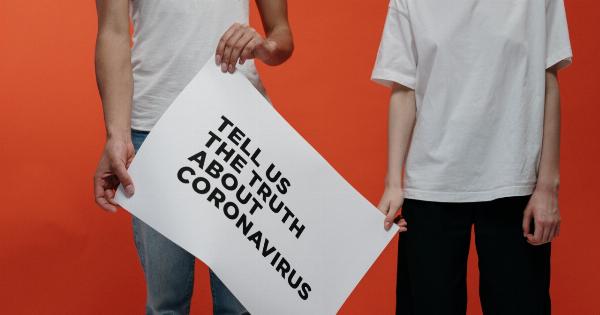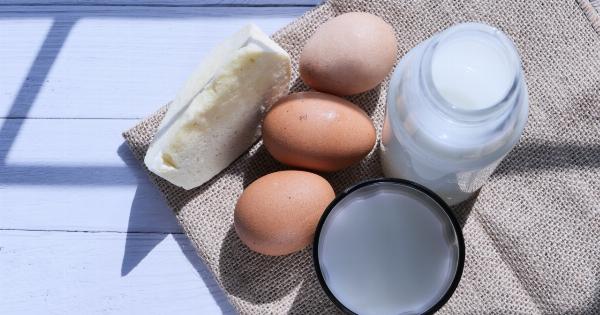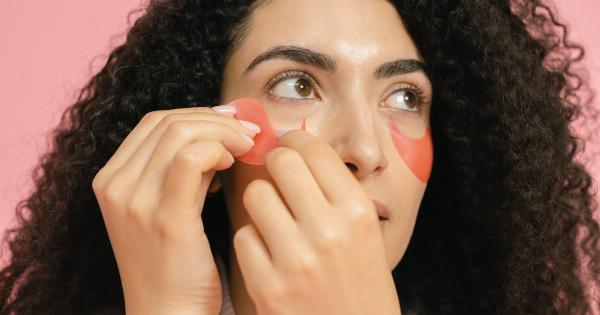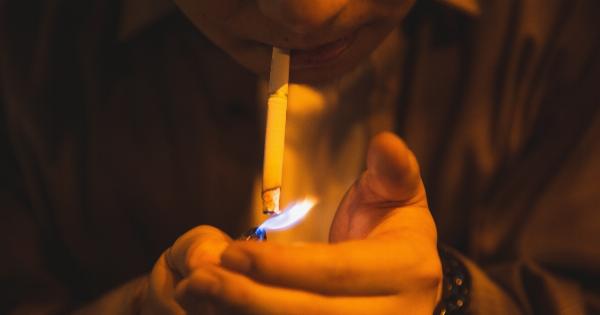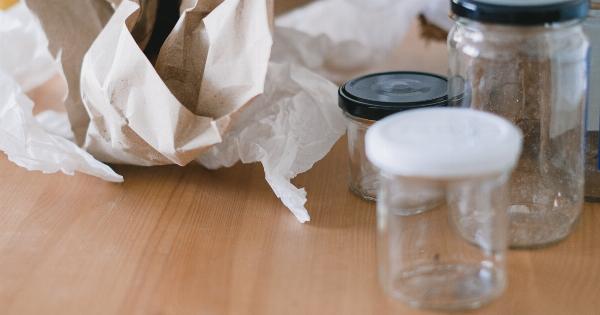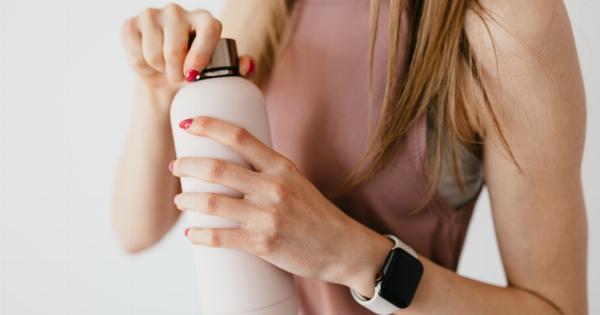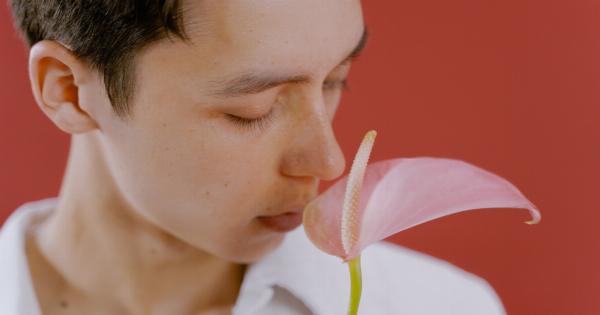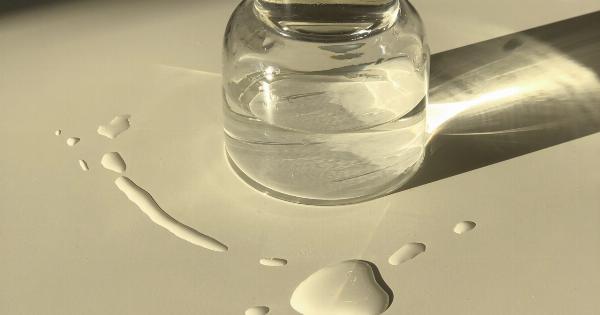When it comes to sexual health, lubricants play a vital role in enhancing pleasure and reducing discomfort. However, not all lubricants are created equal, and some can actually harm rather than benefit your private parts.
This guide will help you identify harmful ingredients in lubricants and make an informed decision about what to put down there.
What to Look for in a Lubricant
Before we delve into what not to put down there, let’s first understand what to look for in a lubricant. A good lubricant should:.
- Be compatible with your body and not cause irritation or allergic reactions
- Feel smooth and slick, without being tacky or sticky
- Last long enough to prevent discomfort during intercourse or masturbation
- Enhance pleasure and make sex more enjoyable
What Not to Put Down There
Now that we know what to look for in a lubricant, let’s explore what ingredients to avoid:.
1. Glycerin
Glycerin is a sugar alcohol that is commonly used in lubricants as a sweetener. However, it can also increase the risk of yeast infections and bacterial vaginosis.
This is because glycerin can disrupt the natural pH balance of your vagina, making it more susceptible to infections.
2. Parabens
Parabens are preservatives that are commonly used in personal care products, including lubricants. However, they have been linked to hormonal imbalances and can disrupt the endocrine system.
Parabens can also cause irritation and allergic reactions in some people.
3. Petroleum-based ingredients
Petroleum-based ingredients, such as mineral oil and petroleum jelly, can be found in some lubricants. However, they can clog pores and prevent the skin from breathing, leading to irritation and infection.
Petroleum-based lubricants can also damage latex condoms, which can increase the risk of sexually transmitted infections.
4. Nonoxynol-9
Nonoxynol-9 is a spermicide that is sometimes added to lubricants as a contraceptive. However, it can cause irritation and micro-tears in the vaginal lining, which can increase the risk of sexually transmitted infections.
Nonoxynol-9 can also disrupt the natural balance of bacteria in the vagina, leading to bacterial vaginosis.
5. Fragrances
Fragrances are sometimes added to lubricants to make them smell better. However, they can cause irritation and allergic reactions in some people. Fragrances can also disrupt the natural balance of bacteria in the vagina, leading to infections.
6. Phenoxyethanol
Phenoxyethanol is a preservative that is commonly used in personal care products, including lubricants. However, it has been linked to skin irritation and allergic reactions in some people.
7. Chlorhexidine gluconate
Chlorhexidine gluconate is an antiseptic that is sometimes added to lubricants to reduce the risk of infection. However, it can cause irritation and allergic reactions in some people.
Chlorhexidine gluconate can also disrupt the natural balance of bacteria in the vagina, leading to infections.
8. Silicone-based ingredients
Silicone-based ingredients, such as dimethicone and cyclomethicone, are commonly used in lubricants. While they are generally safe and effective, some people may experience irritation or allergic reactions to silicone-based lubricants.
Additionally, silicone-based lubricants can damage silicone sex toys, which can decrease their lifespan.
9. Benzocaine
Benzocaine is a local anesthetic that is sometimes added to lubricants to reduce sensitivity and prolong intercourse. However, it can cause irritation and allergic reactions in some people.
Benzocaine can also decrease sensation and make sex less enjoyable.
10. Propylene glycol
Propylene glycol is a chemical that is sometimes used in lubricants as a humectant. However, it can cause irritation and allergic reactions in some people.
Propylene glycol can also disrupt the natural balance of bacteria in the vagina, leading to infections.
Conclusion
Choosing the right lubricant is essential for a healthy and pleasurable sexual experience.
By avoiding harmful ingredients such as glycerin, parabens, petroleum-based ingredients, nonoxynol-9, fragrances, phenoxyethanol, chlorhexidine gluconate, silicone-based ingredients, benzocaine, and propylene glycol, you can ensure that you are using a safe and effective product. Always read the label and do your research before purchasing a lubricant to avoid putting harmful ingredients down there.

